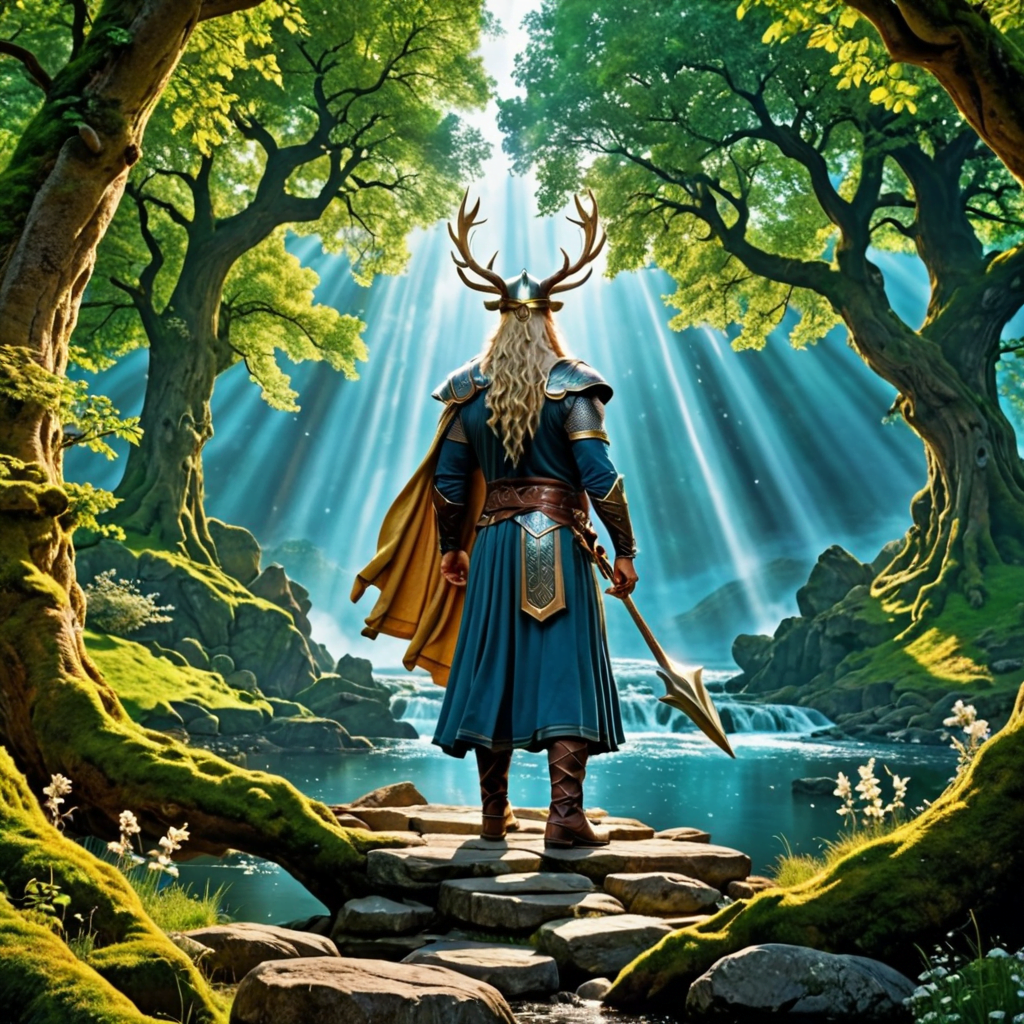The Symbolism of Dreams and Reality in Norse Mythology
Norse mythology is rich in symbolism, incorporating elements of dreams, prophecies, and the blurring of lines between dream worlds and reality. Let’s delve into the intriguing connections between dreams and reality in Norse myths.
The Importance of Dreams in Norse Mythology
In Norse beliefs, dreams were regarded as significant messages from the gods, offering glimpses into the past, present, and future. Odin, the All-Father and chief deity, was particularly associated with dreams and wisdom. According to myth, Odin sacrificed his eye to gain wisdom and insight into fate, showing the crucial role dreams played in influencing events in the Norse cosmos.
Prophetic Dreams and Their Meaning
The concept of prophetic dreams was prevalent in Norse mythology. One renowned example is the prophetic dream of Baldur’s death, which foreshadowed tragic events in Asgard. Dreams served as a means of foretelling fate and guiding actions, emphasizing the interconnectedness of the spiritual and physical realms.
The Boundaries Between Dreams and Reality
Norse myths often blurred the distinctions between dreams and reality, highlighting the fluid nature of perception and existence. The story of Asgard and Midgard, realms coexisting yet separate, mirrors the intricate relationship between dreams and waking life. This ambiguity underscores the complex interplay between the conscious and subconscious realms in Norse cosmology.
The Symbolism of Dream Visits in Norse Lore
Characters in Norse myths frequently undertook dream journeys to seek counsel, receive prophecies, or connect with divine beings. These dream visits symbolize the crossing of boundaries between mortal and immortal realms, embodying the idea of transcending limitations and gaining access to higher truths through visionary experiences.
FAQ: The Symbolism of Dreams and Reality in Norse Mythology
What role do dreams play in Norse mythology?
In Norse mythology, dreams were considered a powerful medium through which the gods and supernatural beings communicated with humans. They often served as omens, prophecies, and messages from the divine realm.
How are dreams and reality interconnected in Norse mythology?
In Norse mythology, dreams were believed to offer insights into the fabric of reality itself. They were seen as a bridge between the physical world and the spiritual realm, blurring the boundaries between what is perceived as real and what exists in the realm of dreams.
What symbols are commonly associated with dreams in Norse mythology?
Symbols such as animals (like wolves and ravens), natural elements (such as trees and rivers), mythical creatures (like dragons and giants), and celestial bodies (such as the sun and moon) often appeared in dreams in Norse mythology, carrying deep symbolic meanings.
How do dreams influence the actions of gods and mortals in Norse mythology?
Dreams in Norse mythology often served as powerful catalysts for the decisions and actions of both gods and mortals. The interpretation of dreams could shape the course of events, leading characters towards their destinies and influencing the outcomes of epic tales.
